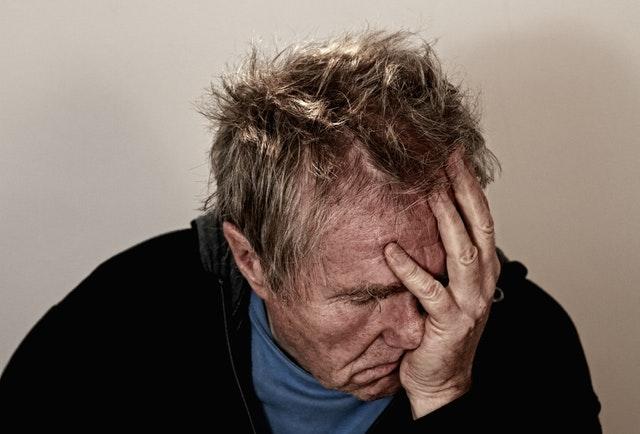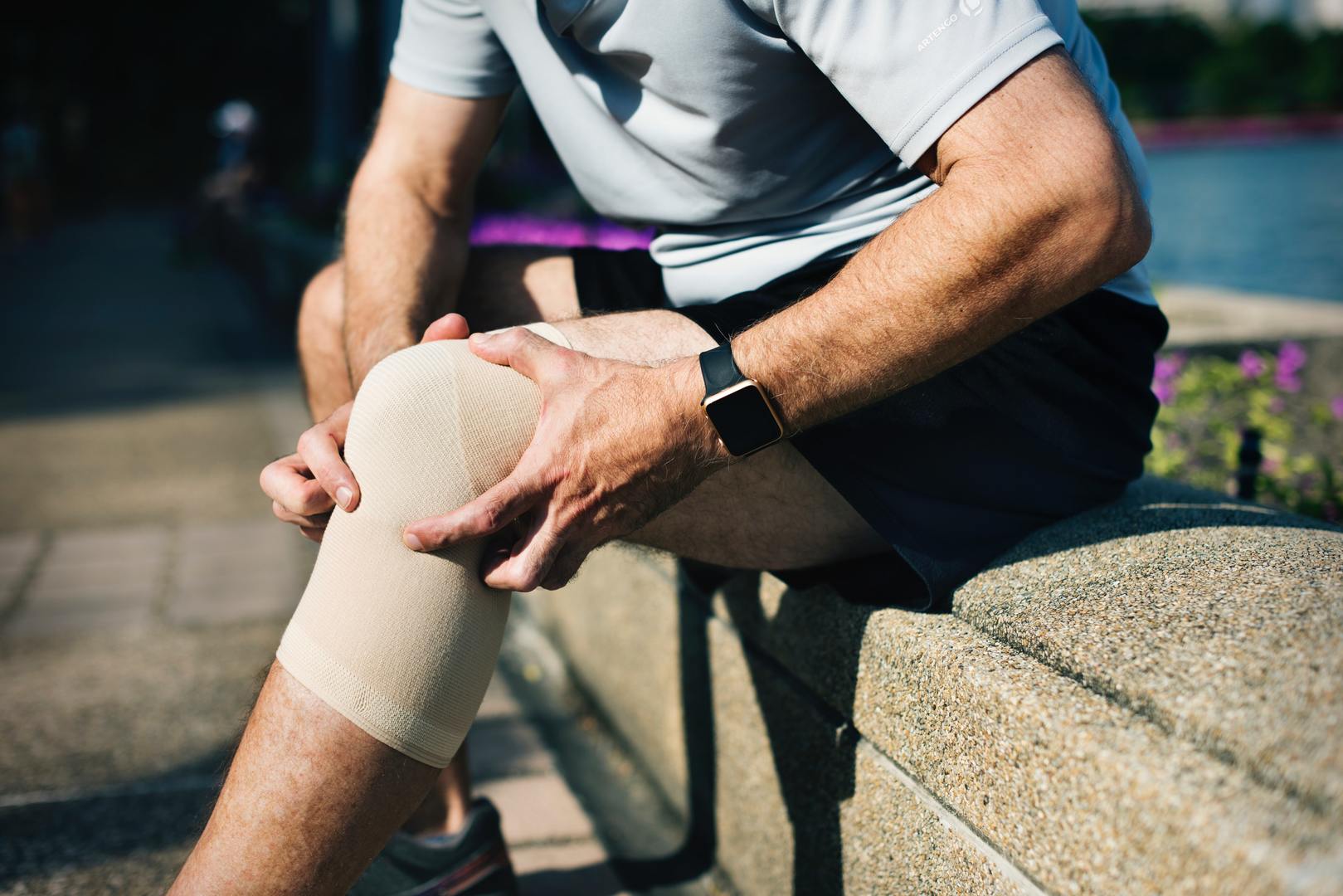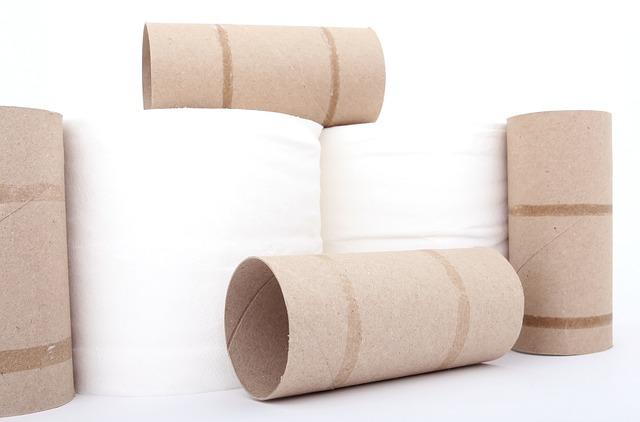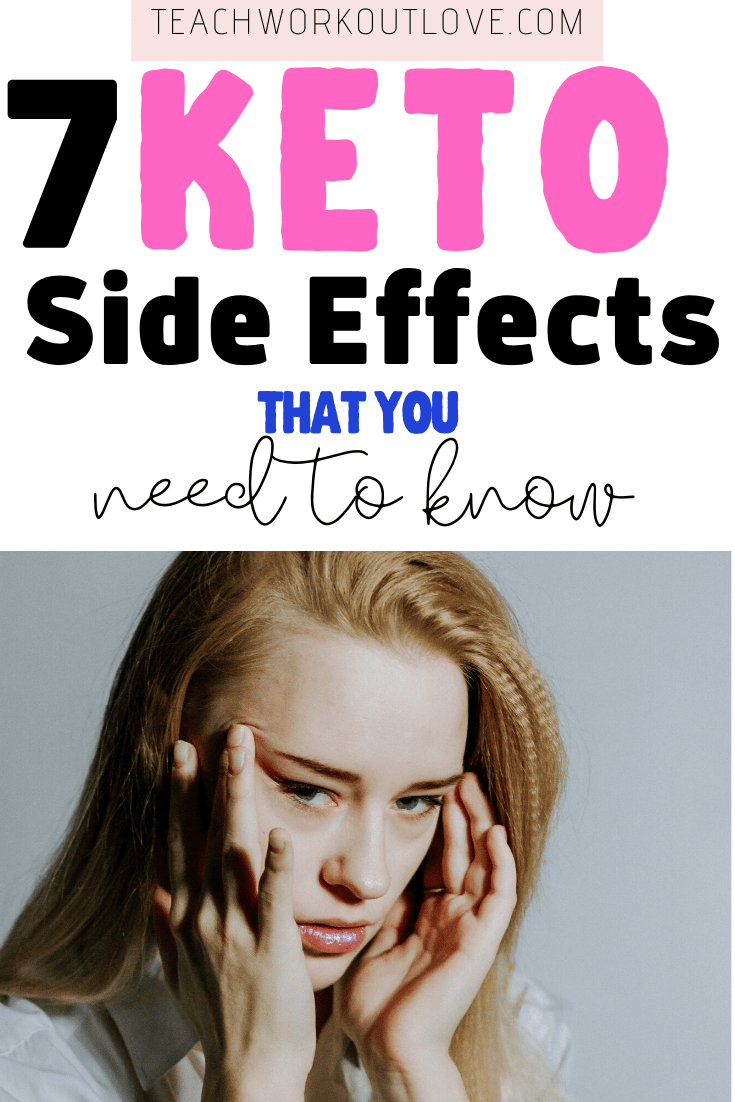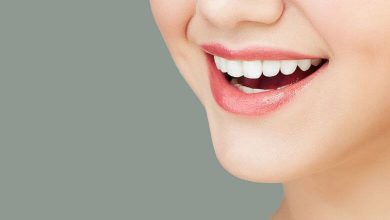
The ketogenic or keto diet is a low-carb, high-fat diet popular among those who want to shed pounds. Apart from weight loss, the keto diet also comes with several proven health perks. But while this is the case, extremely low-carb diets have side effects, too. This is something you should consider, especially if you are a keto diet beginner. Read on and find out what these keto diet side effects are and the next steps you should take to manage them.
The Side Effects of the Keto Diet
As with any extreme dietary change, you may experience some unwanted side effects. Ketosis is a metabolic state that usually occurs as a result of restrictive dieting. While typically short-lived, being in ketosis can have side effects. Take a look at these common side effects and how you can recover from them.
Headache
A low-carb diet like keto often leads to increased ketones, which may cause dehydration and electrolyte imbalance. It’s no longer surprising why headaches are inevitable in a keto diet, especially that you take fewer carbs, too.
The best way to cure or prevent keto-related headaches is by hydrating well. It also helps to salt your water to make up for the loss of sodium, which is also an electrolyte.
Also, increase your water intake by 1 ½ cups of water per coffee cup. While keto-related headaches usually last from one day to a week, experts advise seeing a doctor if symptoms persist.
Muscle cramps and spasms
People on a keto diet lose weight fast because their excess water is making an exit through urination. Aside from water, the body also loses electrolytes due to increased ketones.
The main electrolytes lost in a keto diet include sodium, potassium, and magnesium. Increasing your consumption of foods rich in these minerals is needed to balance your electrolyte levels.
You may also need to cut back on your caffeine intake as coffee is a known muscle stimulant. If you did these things and still experience leg cramps, a doctor may recommend supplements or other dietary changes.
Weakness and fatigue
As your body undergoes a switch from burning fat instead of carbs, it’ common for you to experience fatigue and weakness. It’s also possible for you to experience brain fog while your body undergoes this metabolic switch.
It will be much easier for you to recover from low energy through hydration and taking enough essential nutrients. You can add salt to your meals or have some bone broth to help restore some of the lost electrolytes during ketosis.
Also, give your body enough rest and aim for at least eight hours of sleep each night. It’s also important to go easy on your physical activities until your body gets past this metabolic switch.
Constipation
Your fiber intake will more likely decrease as you eat fewer carbs. Because of this, you can also expect to experience digestive changes including constipation.
Drinking plenty of water and eating fiber-rich fruits like avocado are both good measures to combat constipation. You can also try a vegan keto diet, loading up on high-fiber veggies like leafy greens.
You can also consider supplementing with a digestive enzyme, particularly supplements containing lipase. This enzyme breaks down dietary fats, helping to keep things moving.
Keto rash
A keto rash is a rare inflammatory condition of the skin, which often occurs on the back, chest, and abdomen. It can be aggravated by external factors such as excessive heat and sunlight, sweating, and allergens.
If not prevented or treated right away, it can be troublesome and may cause interrupted sleep. So, what’s the best way to deal with a keto rash?
Wearing comfortable clothes and taking a shower after a workout help to avoid and get off excessive sweating, preventing the rash from worsening. You may also consider home treatments and adding more fruits and veggies to your diet to correct nutrient deficiencies.
Bad breath
Bad breath is also a common side effect of the keto diet. The keto breath, which is often caused by increased ketones, produces a strong or fruity-smelling odor.
To reduce bad breath while you’re on the keto diet, increase your water intake and eat less protein. Brushing your teeth several times a day and popping mints will also help to solve your keto breath issue.
While there are a few tips for a successful keto diet, these side effects are usually inevitable. So, make sure that you have your oral kit with you wherever you go, especially during your diet transition.
Conclusion
It’s normal to notice and experience changes in your body, especially when you introduce changes to your diet as well. Simply put, expect side effects if you plan to take on a drastic diet change.
While the keto diet delivers favorable results for some people, it may not be for everyone. So, consider these symptoms before introducing a new diet to your lifestyle.
If you’re uncertain whether the keto diet is good for you, always seek professional help. Also, keep in mind that the best way to stay in top shape is by eating a well-balanced diet, and having regular exercise and complete hours of rest.
This post contains affiliate links and I may receive a commission, at no additional cost to you, should you purchase through one of my links. Please see my disclosure for more information.



